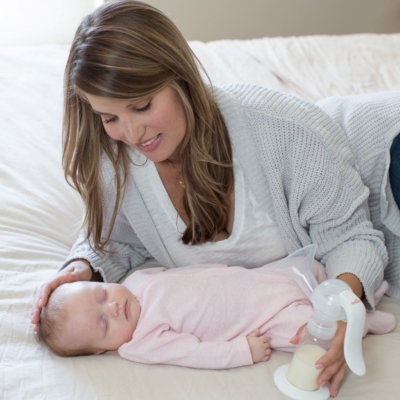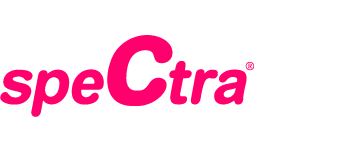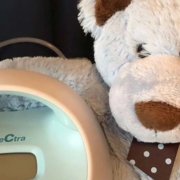Child Care and the Breastfed Baby

Melissa Portunato MPH, IBCLC, RLC
It’s likely that at some point, your breastfed baby will be cared for by someone else other than yourself. Sometimes it’s temporary while other times it can be long term like when returning to work. Child care options can vary from private stay at home nannies/family members, private home licensed child care, or commercial child care facilities.
The process to find the perfect match for you and your baby doesn’t have to be stressful. Your breastfeeding relationship can absolutely continue and thrive with this new milestone. No matter who you choose to care for your baby, your breastfeeding goals should be supported and respected. Read on for tips on finding a caregiver for your breastfed baby including how to connect with local resources and how to share valuable education with your child care provider.
Support and Communication
Let’s start here. It’s OK if your child care provider isn’t a “breastfeeding expert” but they should be open and teachable when it comes to feeding mother’s milk to babies in their care. They should be willing and ready to accommodate your requests or accept breastfeeding-friendly education. An “open door” policy is one of the ways caregivers can be supportive of the breastfeeding dyad. Allowing mothers to drop in at any time without notice to pump or nurse their baby on demand protects breastfeeding. If your child care facility pushes back on your breastfeeding requests, then it’s probably not a good fit.
Knowledgeable Staff
A child care provider whether in a private or commercial setting should have basic training on breastfed infant behavior, proper bottle-feeding techniques, and breastmilk storage handling. All babies, breastfed or not, should be fed using The Paced Bottle Feeding Technique. This feeding method allows the baby to control the flow of milk, preventing overfeeding. Normal milk consumption for babies 1-6-month-old is 1- 1 ½ ounces per hour. Milk leftover from feedings should be discarded within 2 hours of initial use and proper breastmilk milk handling should be carefully followed. Download the handout here to share with your child care team. Breastfed babies should not be fed on strict schedules but rather monitored for hunger cues. For younger babies less than 3 months old this includes moving head from side to side (rooting), bringing fingers to mouth, and for older babies, actively moving arms and legs while gazing at the caregiver.
Facility Accommodations
Breastfeeding friendly accommodations on-site should include a designated area to pump or nurse your baby, other than a restroom. A fridge to store breastmilk and a sink to wash pump parts. You will need to label bottles and/or milk storage containers with the name of your baby and date with permanent, reusable, or personalized silicone labels.
Additional tips for success:
???? Check with your local / state breastfeeding coalition to find breastfeeding-friendly centers here.
???? Take a tour with your prospective child care provider first before making a decision.
???? Choose a child care provider nearby. You can hop into pump/nurse or simply check on baby anytime.
???? A low child-adult ratio allows the caregiver to pay more attention to feeding cues and can prevent overfeeding.
???? Long-standing caregivers provide added security your baby is in the care of an experienced professional.
???? Send breastmilk in 1-2 ounce increments to prevent milk from being wasted.
Always remember you are your baby’s advocate. No matter your breastfeeding goals, you should feel comfortable to easily keep an open conversation with your child care provider.
Do you still have other questions about child care and breastfeeding? Email us at IBCLC@spectrababyusa.com anytime or schedule a complimentary consultation. Our International Board Certified Lactation Consultants are happy to assist you along your breastfeeding journey.
We’re in this together and we support you!
Sources
- How to choose a breastfeeding-friendly childcare provider. (2020, February 19). La Leche League USA. https://lllusa.org/choosing-a-childcare-provider/
- Proper Storage and Preparation of Breast Milk. (2020, January 22). Center For Disease Control. https://www.cdc.gov/breastfeeding/recommendations/handling_breastmilk.htm
- Anne Smith, IBCLC. (n.d.). Caregiver’s Guide to the Breastfed Baby. Breastfeeding Basics. Retrieved January 11, 2021, https://www.breastfeedingbasics.com/articles/caregivers-guide-to-the-breastfed-baby









Leave a Reply
Want to join the discussion?Feel free to contribute!